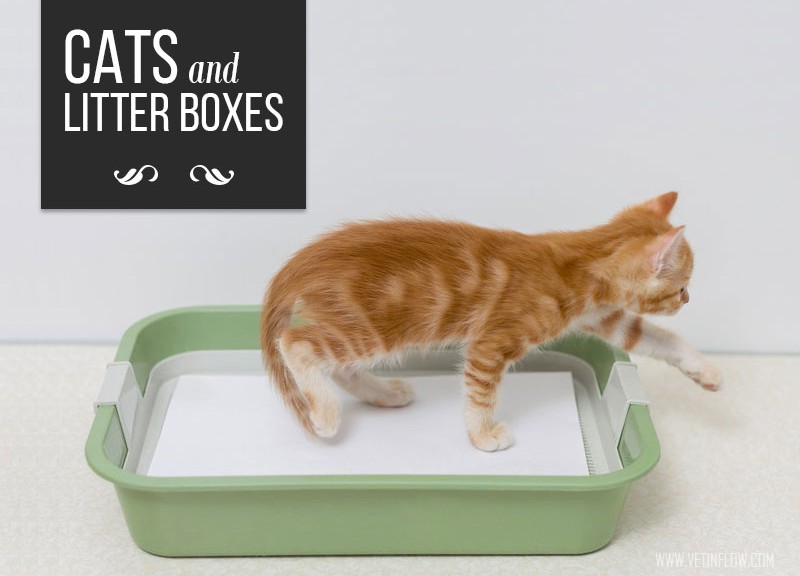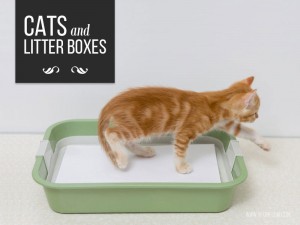Cats and litter Boxes
Litter boxes and their management are extremely important for the health and well-being of the cats who use them. In fact, this is so important that there is quite a lot of scientific research on this matter.
When we are talking about litter boxes, owners must consider how many litter boxes they should have, their size, their location and how they are managed on a daily basis. On this post we will focus on how many litter boxes owners should provide to their cats and their size. We will approach the remaining topics on a future post.
In general it is considered that the bigger the litter box the better. It should be rectangular and at least 1.5 times the length of the cat from nose to base of its tail. This is very important as many of the litter boxes available at stores are often too small for an average sized cat.
If you are not happy with the size of the litter boxes you find in regular pet stores you can always find cleaver alternatives in home improvement stores or department stores. Concrete mixing trays, sweater boxes and under-bed storage containers can be excellent litter trays and if you happen to find a good container with a lid, you can even use the lid placed upright behind the litter box to protect the wall from the litter spread by the cat. The cat should be able to get in and out of the box with no difficulties, especially if it is an older cat or one with degenerative joint disease. Keeping this in mind you might have to cut down the side the box if it’s too deep. Please have a look at the example below:
(Image via http://jfm.sagepub.com/content/16/7/579.full.pdf+html)
The number of litter boxes is also very important especially if you have more than one cat. As a general rule households with one cat should have two litter boxes in two different locations. If there is more than one cat there should be at least one more litter box than the total number of cats.
If you have more than one cat at home you might need less litter boxes depending on how well your cats get along. Cats that belong to the same social group, which means that they will spend lots of time together and groom each other, will happily share the same litter box. On the other hand, cats that are not socially affiliated should really have separate litter trays to avoid stress and house-soiling problems.
Would you like to know more about cats? Check our Feline Courses:


